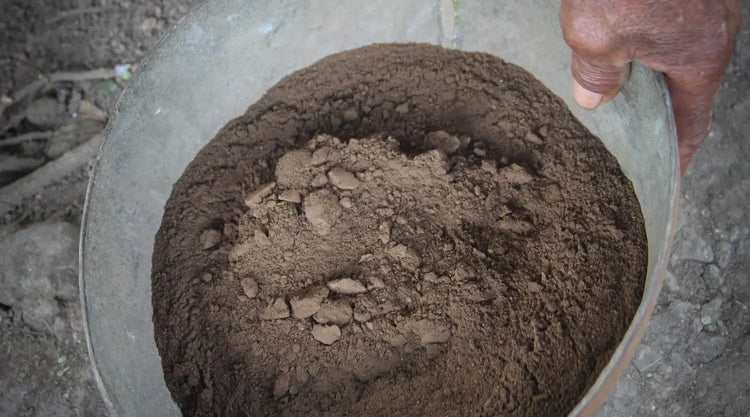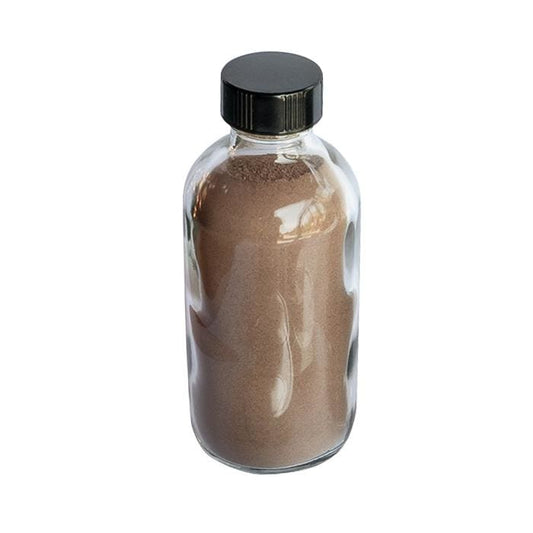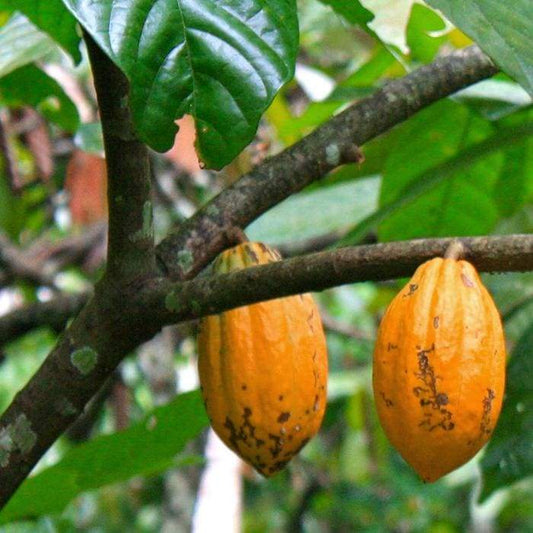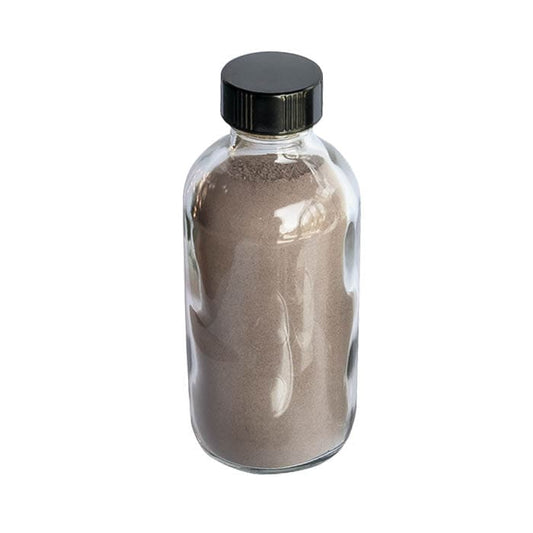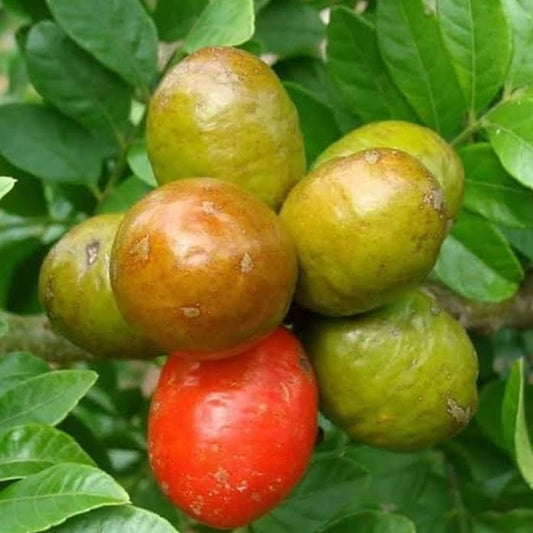Katukina Tribe FAQ
Who are the Katukina and where do they live?
The Katukina, also known as "Catuquina," are an indigenous people living in 11 villages on Campinas Katukina Indigenous Land in the state of Acre, Brazil. Villages names include Campinas, Samaúma, Martins, and Waninawa.
What is the population of the Katukina tribe?
The Katukina population is approximately 500 individuals.
What language do the Katukina speak and what is its current status?
The Katukina speak a language that belongs to the Panoan linguistic family. The language is considered endangered, with ongoing efforts to revitalize it.
What are some of the Katukina's traditional practices?
The Katukina maintain various traditional practices, including medicine making, handicrafts, cultivation of jungle gardens, and sacred ceremonies. They have a close relationship with kambô, ayahuasca, sananga, and rapé (rapeh). Their handicrafts are meticulously made and include items such as daily or ceremonial jewelry, baskets, and textiles made from natural materials found in the Amazon rainforest.
How have historical interactions affected the Katukina?
The majority of Amazonian tribes faced significant hardships during the rubber boom in the early 20th century, including forced labor and exposure to diseases, which led to a decline in their population and disruption of their traditional way of life. It is important to recognize the impact our modern conveniences had on these tribes and to support their ongoing recovery through trade and education.
What environmental knowledge and contributions do the Katukina have?
The Katukina possess extensive knowledge of the Amazon rainforest, including medicinal plants and sustainable agricultural practices. Their traditional knowledge contributes to the preservation of the Amazon's biodiversity.
How can one learn more about the Katukina tribe?
Detailed information on the Katukina tribe can be found on the Instituto Socioambiental (ISA) website here.


